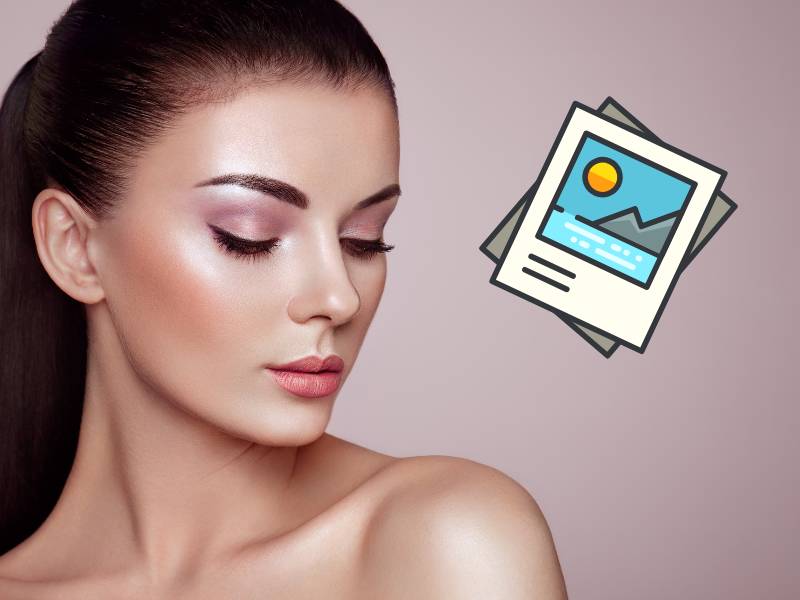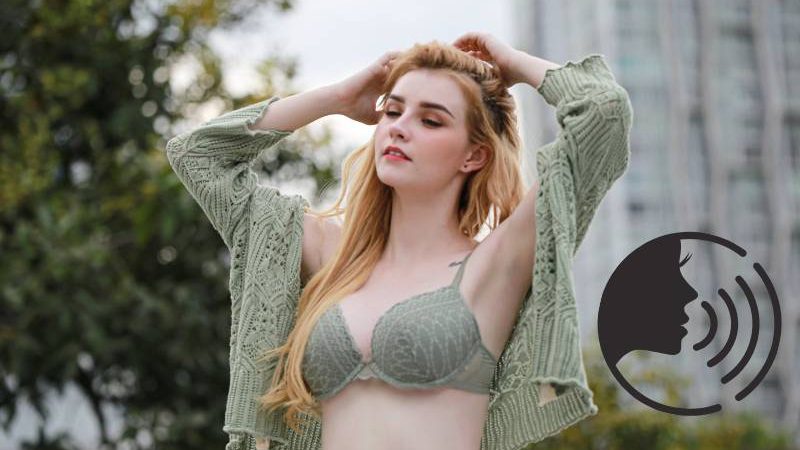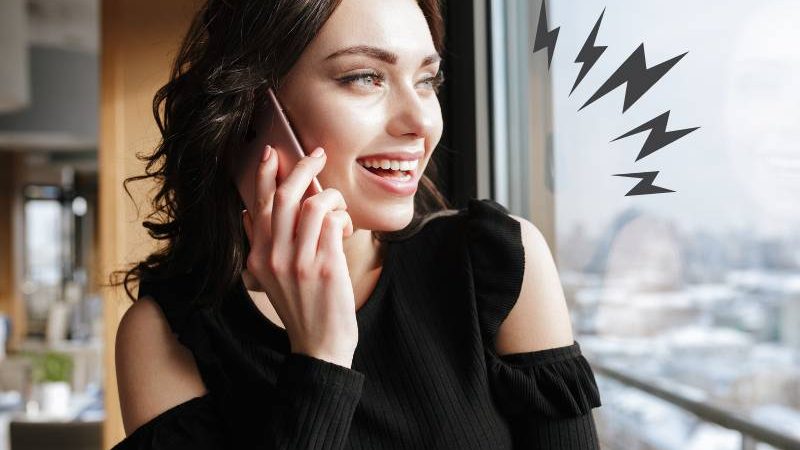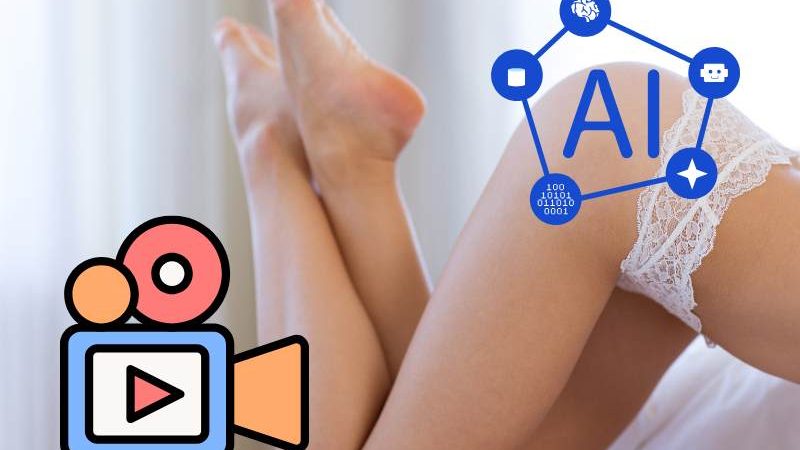Let’s be honest—there’s nothing quite like that moment when you finally get your AI image generator to spit out exactly what you had in mind. But if you’ve ever used one of the “mainstream” platforms, you’ve likely run into the same frustrating brick wall: censorship. Yep, that gentle slap on the wrist from an AI saying “Sorry, that prompt violates our community guidelines” when all you asked for was something a bit cheeky but tasteful. Sound familiar?
So here’s the question I’ve had buzzing around in my head (and maybe yours too): what’s the actual difference between an AI image generator without NSFW restrictions and one that plays digital nanny with your creativity? Let’s dive into the gritty, pixelated reality and unpack it—British tea in hand.
🧠 The Censorship Dilemma: What Are You Really Losing?
Right, so most censored AI image generators—think of names like DALL·E, MidJourney, or even Canva’s AI—are built with corporate ethics filters turned up to 11. They block out anything remotely resembling nudity, sensuality, violence, or even politically “grey area” content. The result? Sanitised, generic, family-friendly visuals that might work for PowerPoint, but not exactly for a creative project that pushes boundaries.
Now compare that to AI image generators without NSFW restrictions. These tools don’t give you that awkward pop-up when you request something risqué or emotionally raw. They let you explore themes of identity, intimacy, fantasy—and yes, even taboo—in ways that feel honest and unrestricted.
It’s not just about smut (although let’s not pretend that isn’t part of the appeal); it’s about freedom. Want to visualise an idea for a graphic novel set in a surreal dystopian world with seductive AI androids? Go ahead. Fancy recreating mythical characters in sensual Renaissance-style art? You’re the artist now.
🎨 Creative Flow vs Creative Policing
Let me give you a quick anecdote. I once spent 45 minutes trying to generate an image of a futuristic couple—one human, one android—wrapped in a silk sheet, bathed in moonlight. Sounds tame, right? Not according to the censorship police. Four tools rejected the prompt. One even asked me if I needed “mental health resources” (cheers for the unsolicited therapy, by the way).
When I switched to an uncensored tool, the image came out in under a minute. Beautifully rendered. No awkward pop-ups. No moral panic. Just raw creativity being honoured.
It’s a bit like comparing AI Girlfriend love simulators to those rigid chatbots that won’t even flirt back. You want something dynamic, intuitive, real—even if it occasionally blushes.
🧩 Realism, Eroticism, and Artistic Intent
Let’s not skirt around the truth: a massive chunk of AI image generation demand is tied to erotic art, fantasy portraits, and personal visual storytelling. Whether you’re a digital comic artist, an indie game dev, or just someone who enjoys expressing sensuality in visual form—censorship ruins realism.
Uncensored tools allow finer detailing of anatomy, skin tones, textures, and shadows. The results? Often breathtaking. Meanwhile, censored tools either blur it, distort it, or outright ban it.
Is it surprising then that people seek out platforms offering an ai girlfriend app with longest memory? Because they remember, they don’t censor, and they respond—exactly how a personalised creative tool should.
💬 Ethics, Filters, and the “But What If Someone Misuses It?” Debate
Ah yes, the age-old slippery slope. “But what if someone uses it for bad stuff?” they say, clutching their digital pearls. Don’t get me wrong—I’m all for ethical use and clear boundaries. But penalising everyone for the fear of a few bad apples? It’s like banning paintbrushes because someone once painted something naughty on a public wall.
Good AI platforms with no NSFW restrictions are already building in consent-aware systems, private storage, and community reporting features. So instead of shutting down freedom, why not just guide it?
🤔 Final Thoughts: So Which Should You Use?
If you’re looking to design logos, social media banners, or classroom posters—by all means, stick with censored platforms. They’re sleek, safe, and friendly to corporate eyes.
But if you’re an artist, storyteller, or explorer of the deeper corners of visual imagination, an AI image generator without NSFW restrictions is where you’ll finally breathe. It’s where creativity gets to be messy, sensual, rebellious, and real—not smoothed over with silicon gloves.
At the end of the day, it’s your canvas. Just make sure your brush isn’t shackled by someone else’s idea of what’s “appropriate.”
📌 Quick Tips Before You Dive In
- ✅ Always check privacy policies—especially with NSFW content.
- 🔒 Use tools that allow local saving or encrypted cloud options.
- 🧠 Think ethically, but create freely.
- 🎭 Remember: your fantasy, your rules—as long as you’re not hurting anyone.
What’s your take on this whole debate? Ever been censored mid-creation and screamed into the digital void? Drop your experiences or favourite tools in the comments. Let’s give creativity its wild, unruly voice back—filters be damned.





